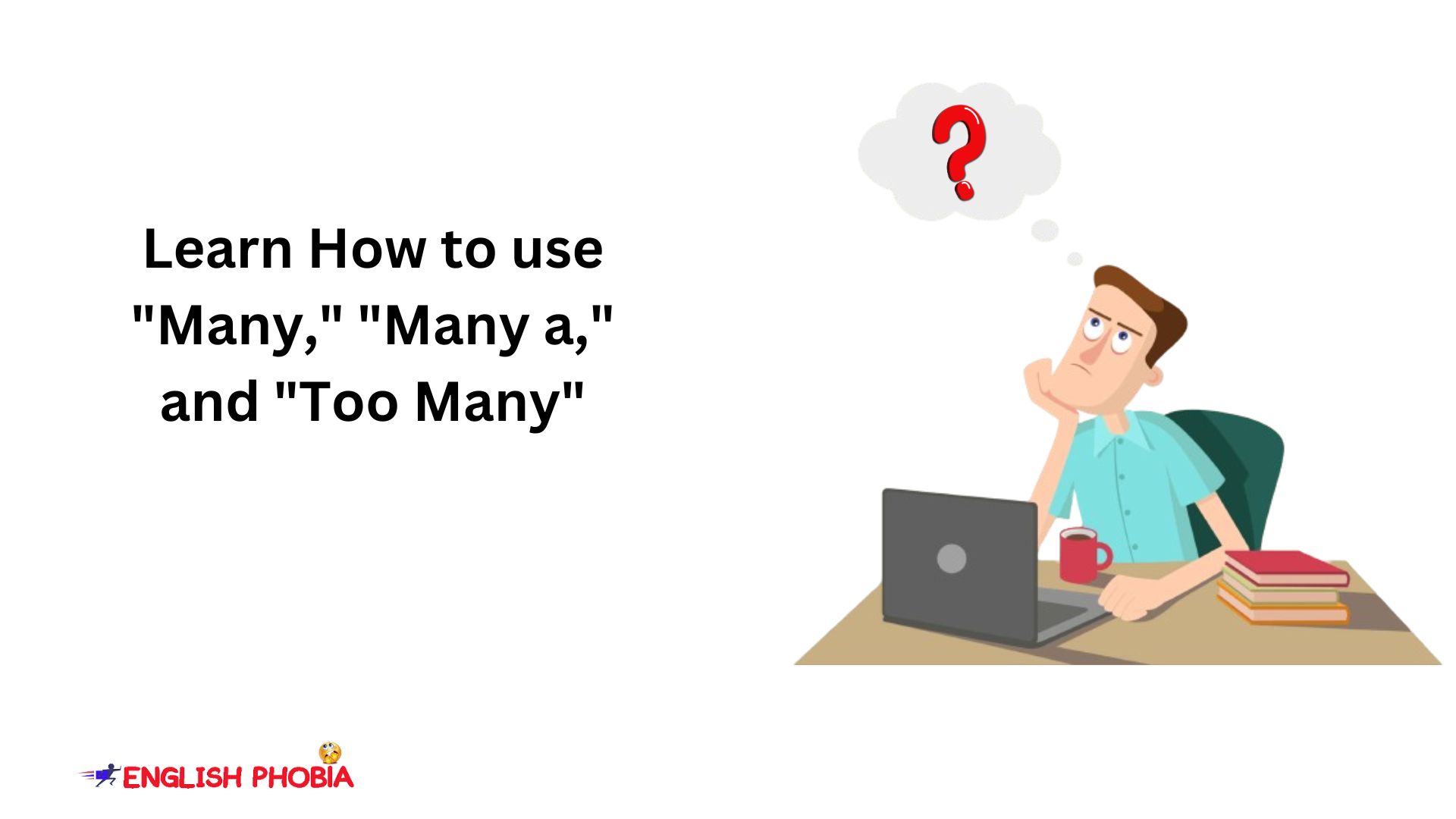Introduction
When it comes to grammar, possessive adjectives, and possessive pronouns are essential elements that help us show ownership or relationships between people and things. Although you have learned the pronoun rules for competitive exams yet you will learn some differences between possessive adjectives and possessive pronouns that can sometimes cause confusion.
In this blog post, we will explore the definitions, examples, functions, and differences between possessive adjectives and possessive pronouns.
Possessive Adjective and Possessive Pronoun Table
| Subject | Possessive Adjective | Possessive Pronoun |
| I | My | Mine |
| We | Our | Ours |
| You | Your | Yours |
| They | Their | Theirs |
| She | Her | Hers |
| He | His | His |
| It | Its | —– |
Let’s understand the difference between them and how to use them differently.
Definition of Possessive Adjective
Possessive adjectives are words that modify a noun and show the relationship of ownership or possession with it. They are always followed by a noun and are used to indicate who or what the noun belongs to. In English, the possessive adjectives are as follows.
| Subject | Possessive Adjective |
| I | My |
| We | Our |
| You | Your |
| They | Their |
| She | Her |
| He | His |
| It | Its |
Examples of Possessive Adjectives
Here are some Possessive adjective examples with sentences:
1) This is my book.
2) She likes your idea.
3) His car is blue.
4) Her dog is very friendly.
5) The cat licked its paw.
6) We will go to our favorite restaurant.
7) They are playing with their toys.
Function of Possessive Adjective
The main function of possessive adjectives is to show ownership or a relationship between the noun and the person or thing it belongs to. They help provide context and clarity in a sentence, making it easier for the reader or listener to understand the relationship between the different elements in the sentence.
| Subject | Possessive Adjective |
| I | My |
| We | Our |
| You | Your |
| They | Their |
| She | Her |
| He | His |
| It | Its |
Definition of Possessive Pronoun
Possessive pronouns are words that take the place of possessive adjectives and nouns. It is used to directly show ownership or a relationship without the need for an accompanying noun.
In English grammar, we have some possessive pronouns as follows in the table.
| Subject | Possessive Pronoun |
| I | Mine |
| We | Ours |
| You | Yours |
| They | Theirs |
| She | Hers |
| He | His |
| It | X |
Examples of Possessive Pronoun
Here are some Possessive pronoun examples with sentences:
1) This book is mine.
2) The idea was yours.
3) The blue car is his.
4) The friendly dog is hers.
5) The scratched paw is its.
6) This favorite restaurant is ours.
7) The toys are theirs.
Function of Possessive Pronoun
The main function of possessive pronouns is to replace a noun phrase that includes a possessive adjective, allowing for more concise and efficient communication. Like possessive adjectives, Possessive pronouns in English also show ownership or a relationship between people or things.
Differences between Possessive Adjective and Possessive Pronoun
Although these both indicate possession or ownership, there is a slight difference between possessive pronoun and possessive Adjective. Let’s understand it with the following aspects.
1) Usage: Possessive adjectives are used before a noun, while possessive pronouns are used in place of a noun. This means that possessive adjectives require a noun to follow them, whereas possessive pronouns can stand alone in a sentence.
2) Function: Both possessive adjectives and possessive pronouns show ownership, but possessive adjectives modify the noun they precede, while possessive pronouns replace a noun phrase that includes a possessive adjective.
3) Form: Possessive adjectives and possessive pronouns have different forms. For example, the possessive adjective for “I” is “my,” while the possessive pronoun is “mine.”
Conclusion
In summary, possessive adjectives and possessive pronouns are both essential elements of grammar that help us express ownership and relationships between people and things. Although they serve a similar purpose, it is important to remember the differences between them in terms of Adjective usage and examples, function, and form. By understanding these differences and using possessive adjectives and possessive pronouns appropriately, we can communicate more effectively and clearly convey our intended meaning







.jpg)



